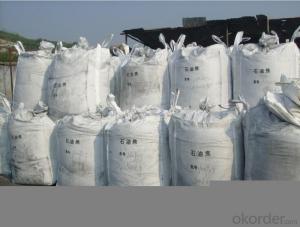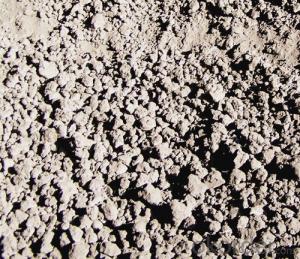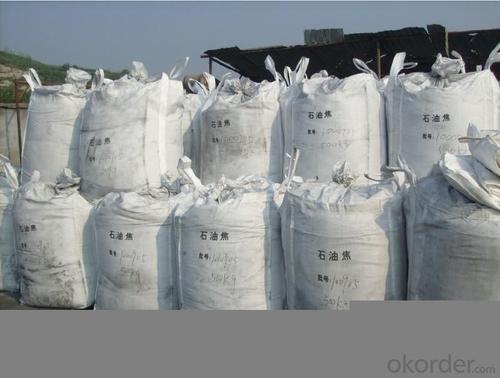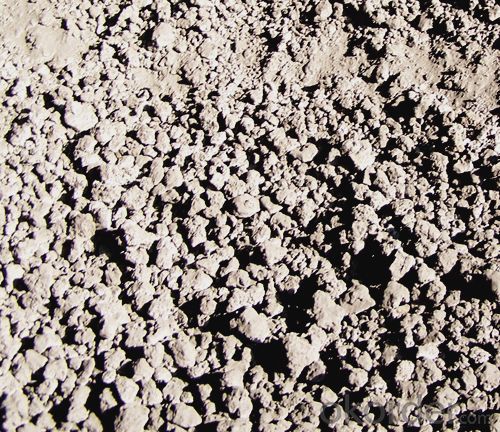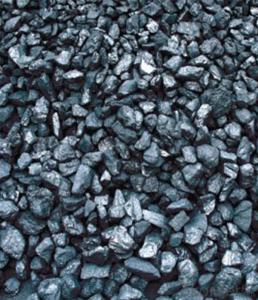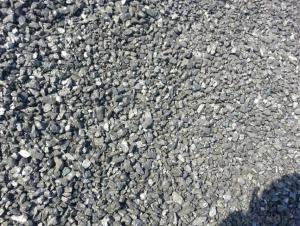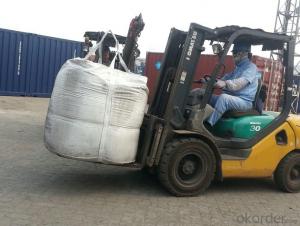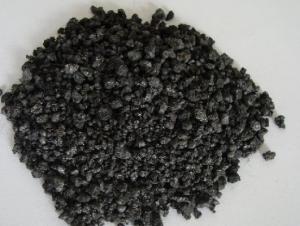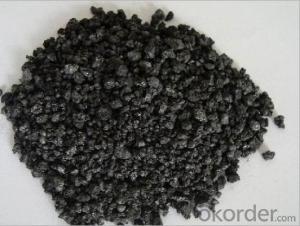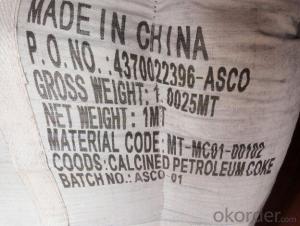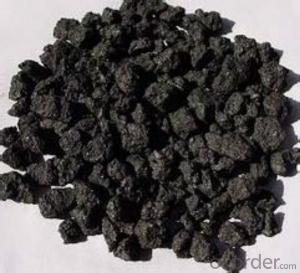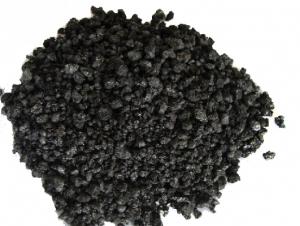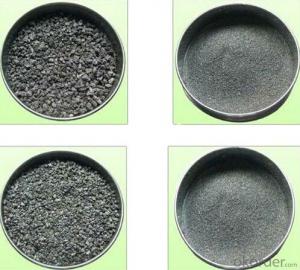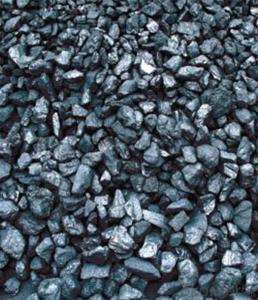High Quality Calcined Petroleum Coke 99%,98.5%,98%
- Loading Port:
- Tianjin
- Payment Terms:
- TT OR LC
- Min Order Qty:
- 1 m.t.
- Supply Capability:
- 10000000 m.t./month
OKorder Service Pledge
OKorder Financial Service
You Might Also Like
1.Structure of Calcined Petroleum Coke Description
Calcined Petroleum Coke is made from raw petroleum coke,which is calcined in furnace at a high temperature(1200-1300℃).CPC/Calcined Petroleum Coke is widely used in steelmaking,castings manufacture and other metallurgical industry as a kind of recarburizer because of its high fixed carbon content,low sulfur content and high absorb rate.Besides,it is also a best kind of raw materials for producing artifical graphite(GPC/Graphitized Petroleum Coke) under the graphitizing temperature(2800℃).
2.Main Features of the Calcined Petroleum Coke
High-purity graphitized petroleum coke is made from high quality petroleum coke under a temperature of 2,500-3,500°C. As a high-purity carbon material, it has characteristics of high fixed carbon content, low sulfur, low ash, low porosity etc.It can be used as carbon raiser (Recarburizer) to produce high quality steel,cast iron and alloy.It can also be used in plastic and rubber as an additive.
3. Calcined Petroleum Coke Images
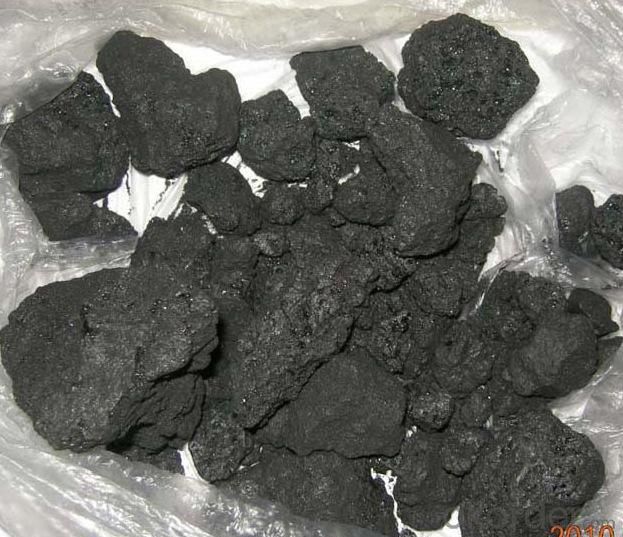
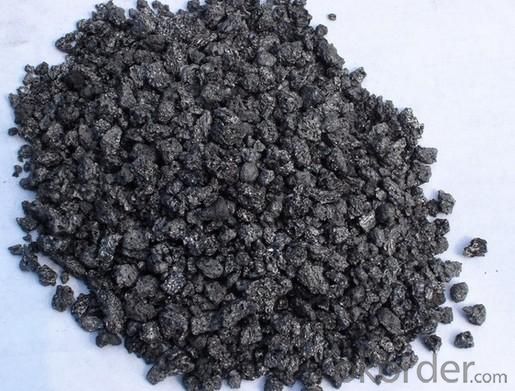
4. Calcined Petroleum Coke Specification
| Petroleum Coke | |||||||||
| Product Name:Petroleum Coke | |||||||||
| Analysis Project | Specification | Test Method | |||||||
| First Grade product | Qualified Product | ||||||||
| 1A | 1B | 2A | 2B | 3A | 3B | ||||
| Sulfer % | ≤ | 0.5 | 0.5 | 0.8 | 1.0 | 1.5 | 2.0 | 3.0 | GB/T387 |
| volatile % | ≤ | 12 | 12 | 14 | 17 | 18 | 20 | SH/T0026 | |
| Ash % | ≤ | 0.3 | 0.3 | 0.5 | 0.8 | 1.2 | SH/T0029 | ||
| Water % | ≤ | 3 | SH/T0032 | ||||||
| Density g/cm3 | 2.08-2.13 | Report | - | SH/T0033 | |||||
| The amount of powder coke % | ≤ | 25 | - | - | |||||
| Silicon % | ≤ | 0.08 | - | SH/T0058 | |||||
| Vanadium % | ≤ | 0.015 | - | SH/T0058 | |||||
| Fe % | ≤ | 0.08 | - | SH/T0058 | |||||
5.FAQ of Calcined Petroleum Coke
1). Q: Are you a factory or trading company?
A: We are a factory.
2). Q: Where is your factory located? How can I visit there?
A: Our factory is located in ShanXi, HeNan, China. You are warmly welcomed to visit us!
3). Q: How can I get some samples?
A: Please connect me for samples
4). Q: Can the price be cheaper?
A: Of course, you will be offered a good discount for big amount.
- Q: How does carbon affect the formation of droughts?
- The formation of droughts is significantly influenced by carbon dioxide (CO2) and other greenhouse gases. Human activities, such as the burning of fossil fuels and deforestation, have caused an increase in carbon emissions, leading to higher concentrations of CO2 in the atmosphere. This rise in CO2 acts like a blanket, trapping heat and causing the Earth's average temperature to rise, a phenomenon known as global warming. As global warming occurs, the hydrological cycle, which regulates the availability of water on Earth through evaporation, condensation, and precipitation, becomes more intense. Warmer temperatures increase the rate of evaporation, resulting in more moisture being stored in the air. This increased moisture content can lead to heavier rainfall and more severe storms in certain areas. However, despite the increase in extreme rainfall events, global warming also causes a decrease in overall precipitation in many regions. Higher temperatures cause more evaporation from soil, lakes, and rivers, depleting available water sources. Consequently, droughts become more frequent and severe. Moreover, the warming climate alters atmospheric circulation patterns, such as the jet stream, which affects weather systems. These changes can cause shifts in precipitation patterns, resulting in more regions experiencing prolonged dry periods and exacerbating the risk of drought. Additionally, the impacts of carbon emissions and global warming go beyond their direct effects on precipitation. Rising temperatures accelerate the rate of evapotranspiration, the process through which water is transferred from the land to the atmosphere via evaporation from the soil and transpiration from plants. This increased evapotranspiration leads to higher water demand from vegetation and crops, further contributing to water scarcity and drought conditions. In conclusion, carbon emissions and global warming have a significant impact on the formation of droughts. The increase in CO2 concentrations traps heat, leading to increased evaporation rates, changes in atmospheric circulation, and shifts in precipitation patterns. These factors, combined with higher evapotranspiration rates, result in more frequent and severe droughts. To reduce the risk and impact of droughts in the future, it is crucial to address carbon emissions and take measures to mitigate climate change.
- Q: What are the consequences of increased carbon emissions on urban areas?
- Increased carbon emissions have numerous consequences on urban areas. Firstly, it leads to a rise in air pollution, contributing to respiratory issues and increased health risks for the population. Additionally, carbon emissions contribute to the greenhouse effect, leading to higher temperatures and exacerbating the urban heat island effect, which can result in discomfort, heat-related illnesses, and increased energy demands for cooling. Moreover, increased carbon emissions contribute to climate change, leading to more frequent and intense extreme weather events like storms and heatwaves, which pose significant threats to urban infrastructure, public safety, and economic stability. Overall, the consequences of increased carbon emissions on urban areas are detrimental to both the environment and human well-being.
- Q: What are the consequences of increased carbon emissions on coastal regions?
- Increased carbon emissions have significant consequences on coastal regions. One of the most notable impacts is sea-level rise, caused by the warming of the planet and the subsequent melting of glaciers and ice sheets. This rise in sea levels can lead to coastal erosion, flooding, and the loss of coastal habitats. Additionally, carbon emissions contribute to ocean acidification, which harms marine life and coral reefs. The combination of these effects poses a threat to coastal communities, economies, and ecosystems, highlighting the urgent need for global action to reduce carbon emissions and mitigate the consequences.
- Q: How is carbon used in the production of steel?
- Carbon is added to iron ore during the steel production process to increase its strength and hardness. By combining with iron, carbon forms a solid solution, creating a material stronger than pure iron. The amount of carbon added determines the steel's properties, making it suitable for various applications such as construction, automotive, and machinery.
- Q: What are the impacts of carbon emissions on the stability of mountain glaciers?
- Carbon emissions have significant impacts on the stability of mountain glaciers. As carbon dioxide and other greenhouse gases are released into the atmosphere, they contribute to global warming and climate change. This rise in global temperatures directly affects the stability and health of mountain glaciers. One of the main consequences of increased carbon emissions is the accelerated melting of mountain glaciers. Warmer temperatures cause glaciers to melt at a faster rate, leading to a reduction in their size and volume. This not only affects the aesthetic beauty of these natural wonders but also has major implications for water resources and ecosystems. Mountain glaciers act as natural reservoirs, storing water in the form of ice and releasing it gradually over time. This process helps regulate water flow in rivers and streams, ensuring a steady water supply for downstream communities, agriculture, and ecosystems. However, as carbon emissions contribute to glacier melting, this natural water storage mechanism is disrupted. The loss of glaciers leads to reduced water availability during dry seasons and can result in water scarcity for communities that rely on glacier meltwater. Furthermore, the retreat of mountain glaciers due to carbon emissions has ecological consequences. These glaciers provide critical habitats for various plant and animal species. The loss of glacier ice and associated ecosystems can have a ripple effect on the entire ecosystem, leading to the decline or even extinction of species that depend on glacier-fed environments. The impacts of carbon emissions on mountain glaciers also extend beyond local communities and ecosystems. Glacial meltwater contributes to the overall water supply in many regions around the world. As glaciers shrink and disappear, the availability of water resources becomes uncertain, especially in regions heavily reliant on glacier meltwater. This can potentially lead to conflicts over water resources and exacerbate existing tensions. In conclusion, carbon emissions have detrimental impacts on the stability of mountain glaciers. The accelerated melting of glaciers disrupts water availability, threatens ecosystems, and poses challenges for water resource management. It is crucial to reduce carbon emissions to mitigate these impacts and preserve the integrity and functionality of mountain glaciers.
- Q: How many electrons does carbon have?
- Carbon has 6 electrons.
- Q: How do you distinguish between alkaline and ordinary carbon cells?
- In addition, the alkaline cell logo has a unique "ALKALINE" content.Alkaline batteries weigh weight of the same type of battery, to return a lot of alkaline batteries than ordinary batteries. For example, the weight of alkaline cell 5 is about 24 grams, and the average dry battery weight of size 5 is about 18 grams.
- Q: What is carbon nanocomposite coating?
- Carbon nanocomposite coatings, composed of carbon nanotubes or other carbon-based nanoparticles dispersed within a matrix material like polymer or metal, serve as a protective coating for diverse surfaces. The primary goal of these coatings is to enhance the mechanical, thermal, and electrical properties of the material being coated. By incorporating carbon nanoparticles, the coating gains strength, hardness, and wear resistance, resulting in increased durability. Furthermore, it exhibits exceptional resistance to corrosion, making it suitable for use in severe environments. A key advantage of carbon nanocomposite coatings lies in their ability to offer multifunctional properties. For instance, they can be engineered to possess high electrical conductivity, making them ideal for electronics and electrochemical devices. Additionally, they can exhibit high thermal conductivity, making them valuable for dissipating heat in electronic devices or as a thermal barrier coating. Moreover, carbon nanocomposite coatings have demonstrated promising outcomes in various sectors such as aerospace, automotive, energy, and healthcare. In aerospace, they enhance the performance and longevity of aircraft components. In the automotive industry, they provide anti-scratch and self-cleaning capabilities. In energy applications, they improve solar panel efficiency and protect oil and gas pipelines from corrosion. In healthcare, they enable drug delivery, act as antibacterial coatings, and facilitate bio-sensing applications. In summary, carbon nanocomposite coatings offer a wide array of advantages, including enhanced mechanical and electrical properties, corrosion resistance, and multifunctionality. With continuous research and development, these coatings hold immense potential for different industries, providing innovative solutions to address their unique requirements and challenges.
- Q: What are the impacts of carbon emissions on the stability of grasslands?
- Carbon emissions can have significant impacts on the stability of grasslands. Increased levels of carbon in the atmosphere contribute to global warming, which in turn leads to changes in precipitation patterns and higher temperatures. These changes can result in drought conditions and increased frequency and intensity of wildfires, both of which can destabilize grasslands. Additionally, elevated carbon dioxide levels can promote the growth of invasive plant species, which can outcompete native grasses and disrupt the balance of grassland ecosystems. Overall, carbon emissions pose a threat to the stability and biodiversity of grasslands.
- Q: What are the problems that should be paid attention to in the injection molding of the material? Who has some details about carbon fiber injection? Thank you for sharing
- You can go directly to the Chinese HowNet or the census, there should be some.
Send your message to us
High Quality Calcined Petroleum Coke 99%,98.5%,98%
- Loading Port:
- Tianjin
- Payment Terms:
- TT OR LC
- Min Order Qty:
- 1 m.t.
- Supply Capability:
- 10000000 m.t./month
OKorder Service Pledge
OKorder Financial Service
Similar products
Hot products
Hot Searches
Related keywords
